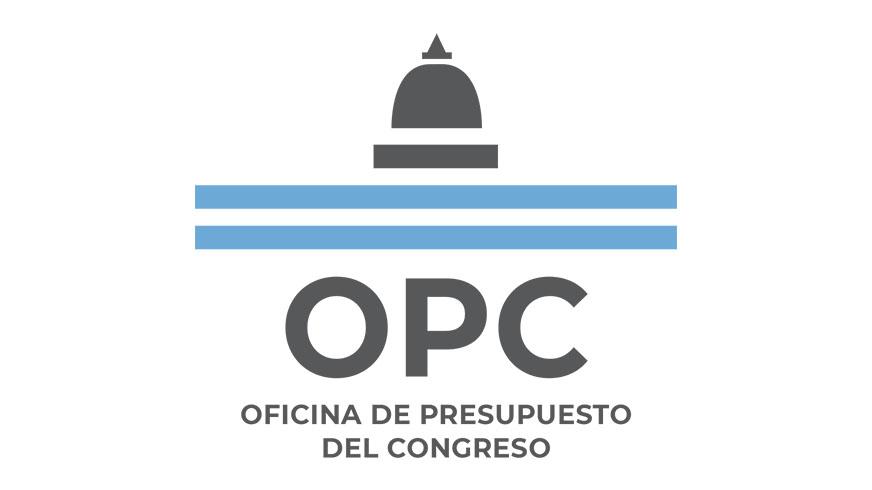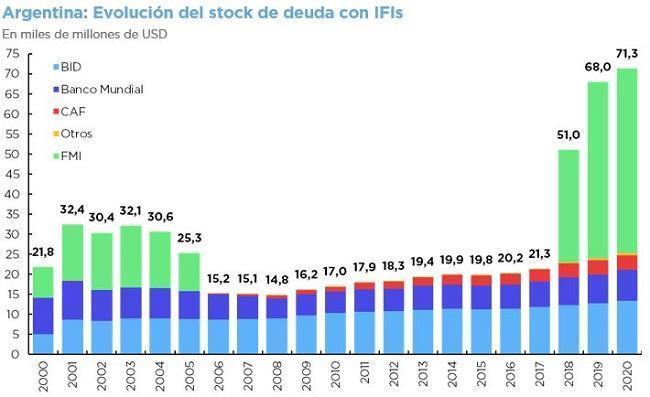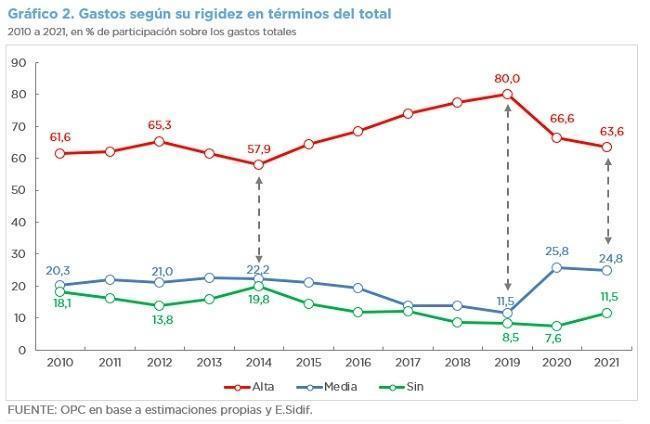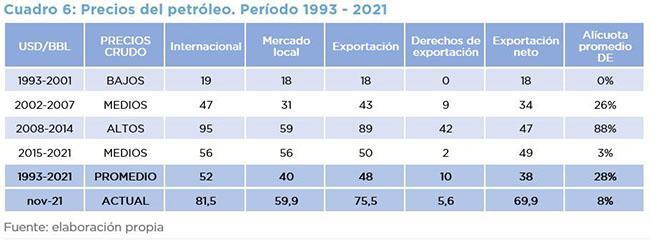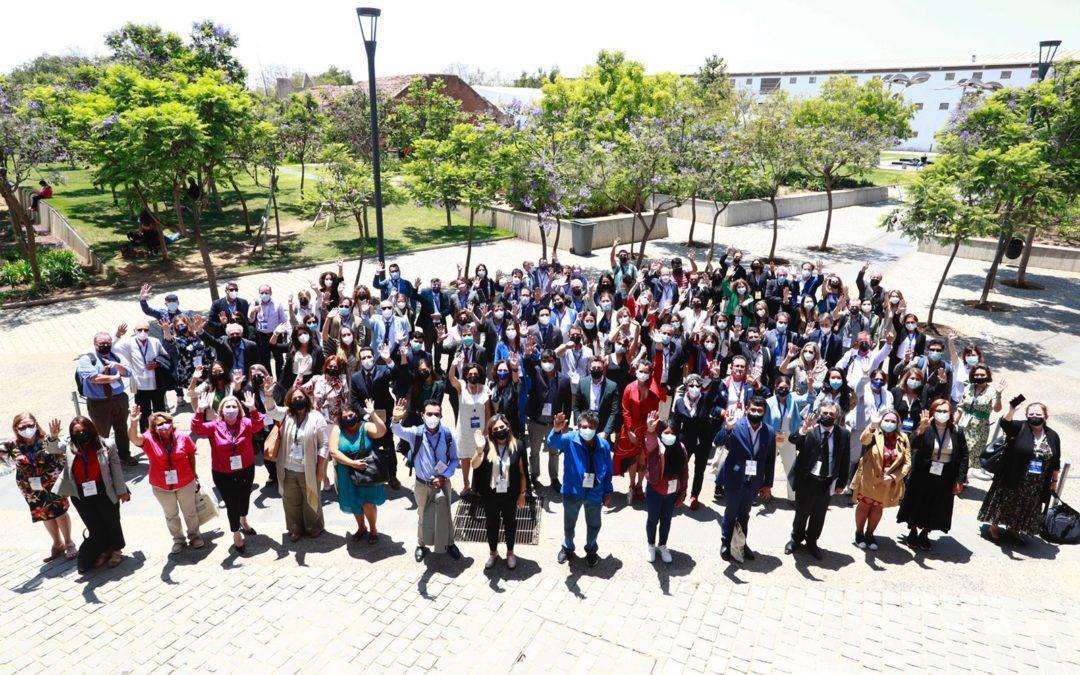
EUROSOCIAL+ MEETING: POLITICAL AND SOCIAL PACTS FOR A NEW LATIN AMERICA. EQUITY, HUMAN RIGHTS AND DEMOCRACY
On January 12, 13 and 14, the OPC participated in the Meeting “Political and Social Pacts for a new Latin America. Equity, Human Rights and Democracy” organized by the Democratic Governance Area of EUROsociAL in Valparaiso, Chile.
Leaders from different sectors and territorial levels of public systems shared their experiences on four topics: rights, accountability, territory, and taxation with the aim of facilitating the exchange of experiences, policy dialogue and the collective construction of alternatives.
María Eugenia David Du Mutel de Pierrepont – Director of Studies, Analysis and Evaluation and Carlos Guberman – Director of Tax Analysis were invited on behalf of the OPC and spoke on different panels along with other specialists from Latin America.
The European Union’s EUROsociAL Program has supported the reform agenda in the region for more than 15 years to improve social cohesion. The meeting created spaces for debate and reflection on what we imagine for Latin America in the next decade as a way of thinking about new political and social pacts anchored in equity, respect for human rights and the strengthening of democracy.

